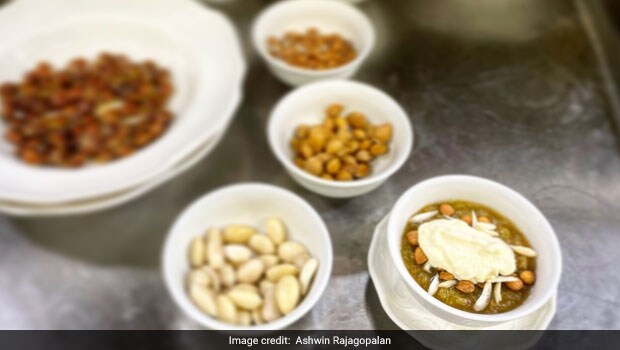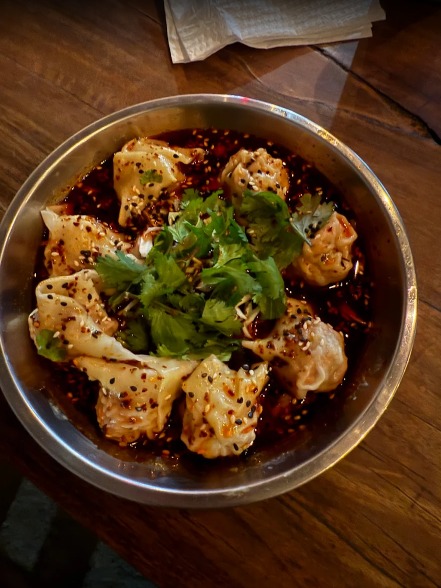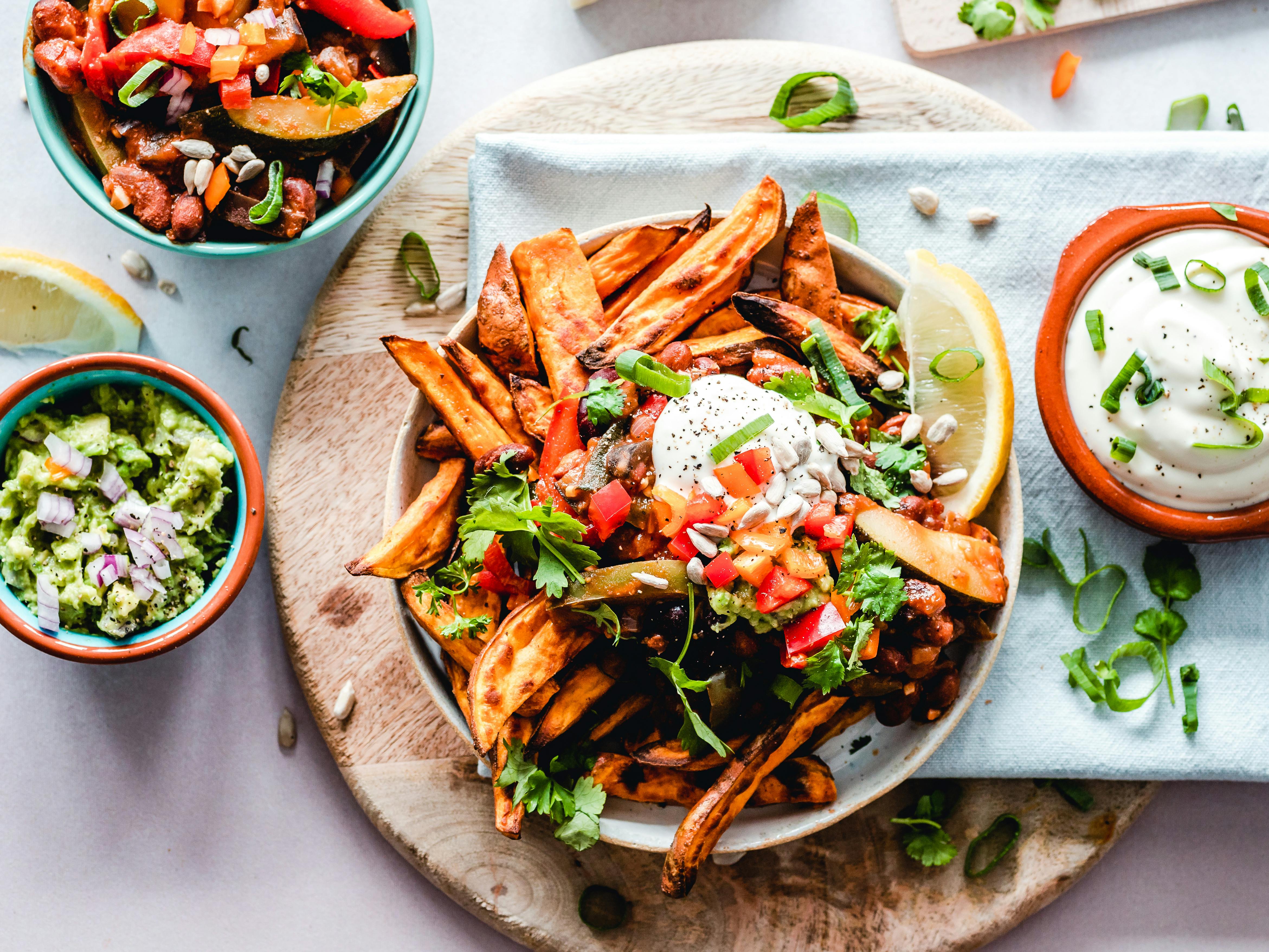I can't remember the exact moment when I first fell in love with Hyderabad's most famous dessert but each time I'm in the city, I aim to recreate this sweet memory. There are many stories and legends that surround each of Hyderabad's long list of emblematic dishes. Chef Aamer Jamal knows many of these stories. He helms Dum Pukht Begum at the ITC Kohenur, the city's newest luxury address. It's easy to imagine that you are a guest of one of Hyderabad's erstwhile Nizams when you dine here. This restaurant builds on the Dum Pukht legacy by adding a Nizami twist and I was relieved to see my favourite Hyderabad dessert occupies pride of place. Hyderabad has more than its fair share of popular desserts. There's the double ka meetha that is reminiscent of Lucknow's shahi tukda that many locals swear by. But if you've ever sampled a special meal in one of Hyderabad's regal old homes or dined at a wedding in the old city, there's a good chance you've savoured qubani ka meetha.
(Also Read: Hyderabad's More Than Biryani - Try Blazing Andhra Cuisine)
 Qubani ka meetha is essentially two ingredients - apricot and sugar.
Qubani ka meetha is essentially two ingredients - apricot and sugar.Almost ever since I first sampled this dessert during a trip to Hyderabad, I've been trying to dig up information on its origins. My conversation with Chef Jamal validated some of the legends that surround this Hyderabad signature dessert. Qubani is the Urdu word for apricot, and in simple terms, that's what this dish is - stewed apricots. You have to go back to Emperor Alexander's India expedition to trace the arrival of apricots to India. Today, it's grown around India's northern states and across the border around Afghanistan; all regions that are some distance away from Hyderabad.
The origin of the qubani ka meetha is more recent, well at least compared to Alexander's India expedition. Chef Jamal validated the local legends around Emperor Babur who was relieved and ecstatic to stumble upon his favourite apricot from Central Asia. This unexpected surprise laid the foundation of qubani ka meetha, which is crafted with dried apricots, a technique that dates back to the Mughal era. As the Mughals moved Southwards, so did their cuisine and along with it the qubani ka meetha. What's interesting is that the sweet didn't enjoy the same patronage in the royal kitchens of Delhi or Lucknow. The Nizams of Hyderabad made it their own and soon so did their subjects.
(Also Read: 8 Amazing Benefits of Apricot (Khubani): The Nutritional Heavyweight Among Fruits)
 Qubani is the Urdu word for apricot, and in simple terms, that's what this dish is - stewed apricots.
Qubani is the Urdu word for apricot, and in simple terms, that's what this dish is - stewed apricots.From Nayaab to Shadab, many of the old city's popular dining establishments serve the qubani ka meetha. It's quite a simple recipe that also hinges on the quality of the preserved apricots (the form that most of us are familiar with) and the tiny apricot kernels concealed within the seeds. It's essentially two ingredients - apricot and sugar. The apricot kernels are added as the dish is finished and the clotted cream or malai creates the perfect contrast and ensures the dish is not cloyingly sweet. Like most other simple recipes, practise makes perfect. Chef Aamer Jamal from Dum Pukht Begum at ITC Kohenur, Hyderabad recommends this recipe if you'd like to try making qubani ka meetha at home:
Qubani Ka Meetha Recipe
Ingredients:
- Dried apricots: 250 gm
- Sugar: 150 gm
- Water: 350 ml
- Almond: 50 gm
- Fresh cream: 25 gm
Method:
- Soak the dried apricots overnight.
- Deseed, drain and collect the liquid in a vessel.
- Make sugar syrup to the consistency of single string with the same liquid.
- Add in the deseeded apricots, cook till tender ensuring the medium does not render into a mush. Allow it to cool and refrigerate.
- Wash the seeds, dry them and extract the kernel from within.
- Soak the almonds, deskin and cut into fine slivers.
- Add the almond slivers and apricot kernel into the relish.
- Top it with a dollop of fresh cream.
It's become a common practice for many small establishments and wedding caterers to add food colours. But it's not a ploy that many home cooks approve of. The colour might vary depending on the quality of apricot. Quite a few restaurants (especially outside Hyderabad) have started serving qubani ka meetha with vanilla ice-cream. While it may work for you or many other diners, it's certainly not the classic pairing. A dollop of malai or clotted cream is the perfect match for this legendary Hyderabad dessert.
Disclaimer: The opinions expressed within this article are the personal opinions of the author. NDTV is not responsible for the accuracy, completeness, suitability, or validity of any information on this article. All information is provided on an as-is basis. The information, facts or opinions appearing in the article do not reflect the views of NDTV and NDTV does not assume any responsibility or liability for the same.
About Ashwin RajagopalanI am the proverbial slashie - a content architect, writer, speaker and cultural intelligence coach. School lunch boxes are usually the beginning of our culinary discoveries.That curiosity hasn’t waned. It’s only got stronger as I’ve explored culinary cultures, street food and fine dining restaurants across the world. I’ve discovered cultures and destinations through culinary motifs. I am equally passionate about writing on consumer tech and travel.











